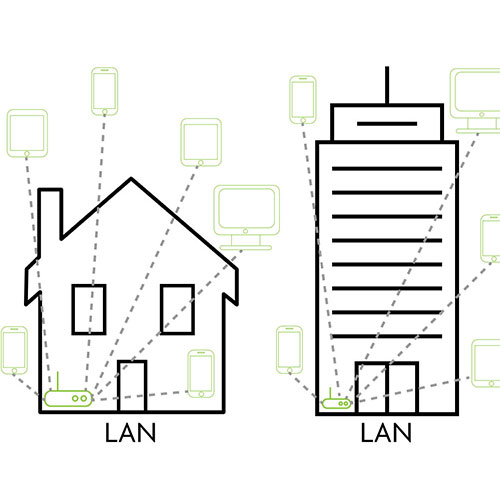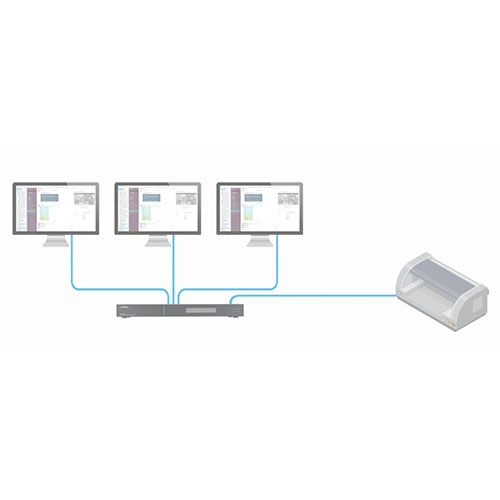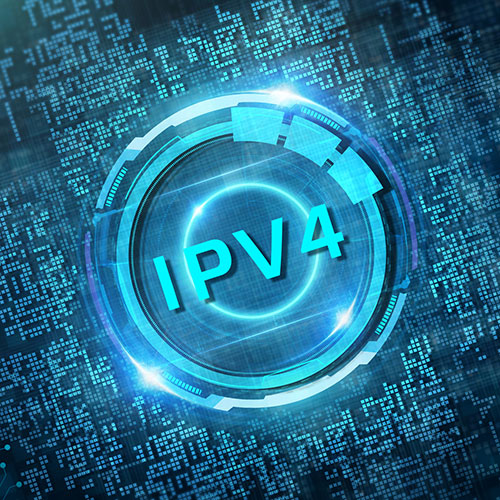Posted on 3/10/2018 by Luxul Team
By Lindsay Bull, technical writer
Several weeks ago, we wrote about LANs, and we learned that all LANs are networks but not all networks are LANs. So what kinds of other networks are there? A few. But today, we’ll be talking about WANs—wide area networks.
While LANs are defined by groups of devices connected within a physical boundary—like within a house or a university—WANs typically extend over a large geographic area. The WAN we’re most familiar with is the Internet.
The Internet takes multiple LANs and enables them to communicate with each other. So, let’s revisit an image from a previous post:
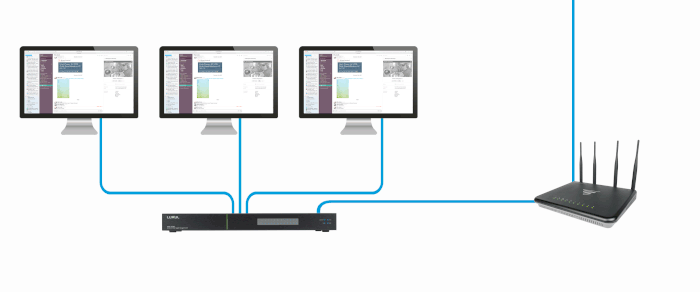
At the point when the packet reaches the router, and the router routes it up and off the screen, the router is transferring that packet off its LAN and onto its WAN, which, in this case, is the Internet.
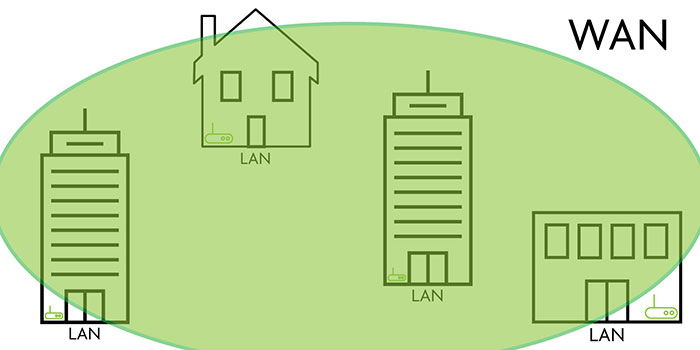
Once the packet enters the Internet infrastructure, it’s moved along using network addressing (the IP addresses we learned about a couple weeks ago).
We’re most familiar with the Internet itself as a WAN, but a WAN can be achieved on a smaller and more private scale, and here’s how:
- VPN over Internet
- In this scenario, a WAN could be established utilizing the Internet infrastructure to transfer packets using network addressing, but a VPN must be used in order to make it private
- Private WAN
- Because a WAN is an interconnection of multiple LANs, this can be achieved by using multiple routers connected downstream from each other. In a larger business installation or university, it may be desired to have different LANs for departments connected to a larger LAN managed by an IT group. In this case the larger LAN is the WAN for the smaller LANs
- Leased line
- A leased line is a private point-to-point connection between two or more LANs
- Circuit switching
- A circuit path is created between LANs before any packets are transferred and only for the duration of the communication
- Packet switching
- Addressed packets are transferred on a channel, and during the duration of that transfer, that specific channel is unavailable for the transfer of other traffic
- Cell relay
- Cell relay works the same way as packet switching but first breaks the packets into groups of fixed-length cells

 All News
All News
